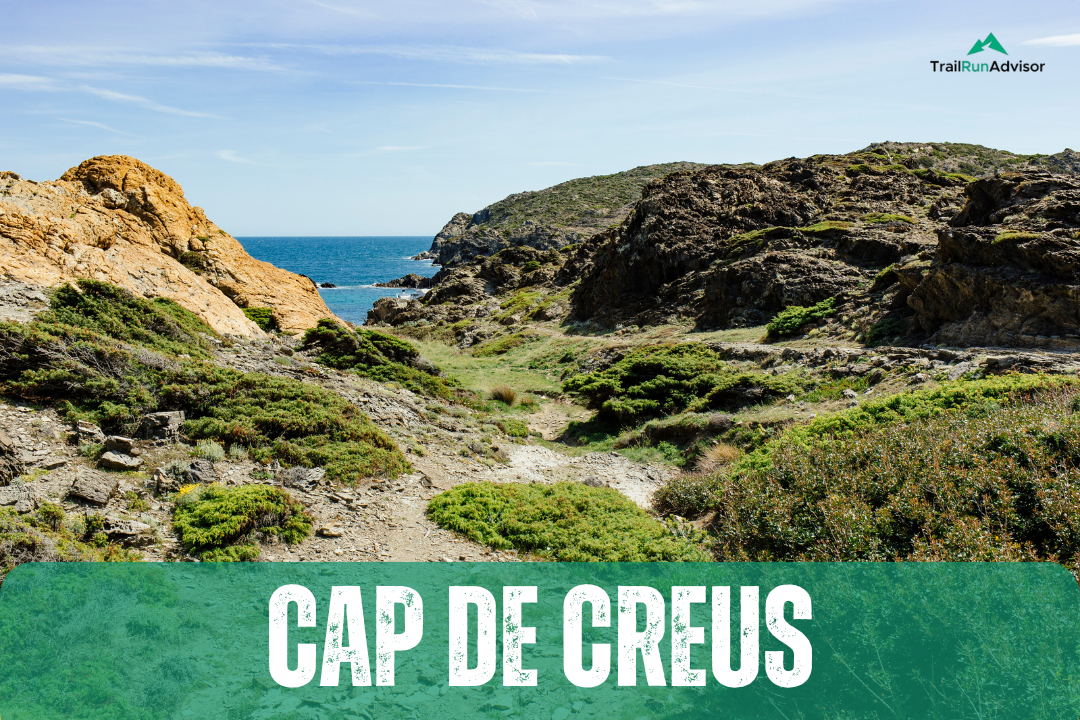
Ultra del Trail Cap de Creus: the sea as both ally and enemy
There it was, the Trail Cap de Creus 2025, a name I had seen on forums and Instagram posts for months. I signed up seduced by its beauty—cliffs plunging into the Mediterranean, sunrises over the horizon, and technical trails winding through the Cap de Creus Natural Park. However, no picture or race profile had prepared me for the truth: in this race, the sea is both your best friend and your fiercest enemy.
From the moment the starting gun echoed through Cadaqués, I felt the humid embrace of the coast wrap around my body. Although I had trained hard for the distance and elevation, I hadn’t properly accounted for the thermal challenge of a coastal ultra. In this article, I’ll share what I learned—both painfully and joyfully—so that if you’re aiming for the Trail Cap de Creus 2025, you can arrive ready, confident, and resilient.
Understand what makes a coastal ultra so unique
At first glance, the Trail Cap de Creus 2025 might look easier than some high-mountain ultras. Its elevation profile is moderate, and the sea is always near. However, this race demands a very specific type of preparation.
Unlike alpine trails, where the temperature can drop dramatically and the terrain is more predictable, this race serves up scorching midday heat, high humidity, intense UV exposure, and constantly changing trail surfaces. One minute you’re running over polished rock, the next you’re navigating technical, dry single track. Because the sea reflects heat and increases sweat loss, hydration and heat management become critical.
So, how do you train for something this specific? You adapt to the environment, not just the terrain.
Train for heat—before it breaks you
One of the biggest mistakes I made was not preparing my body to handle sustained heat. I live inland, where temperatures climb but humidity stays low. When I arrived at the Trail Cap de Creus 2025, the sudden combination of sun and salty air hit me like a wall.
Now I know: you must include heat adaptation in your training plan. Here’s what helped me in later editions:
- Train in midday sun. Gradually expose yourself to peak heat times. Start with 20-minute sessions, then build up.
- Wear your race gear. Simulate the clothing and gear you’ll use, especially your hydration vest. Sweat behaves differently near the coast.
- Control pace and effort. Use a heart rate monitor to avoid overexertion. Heat pushes your pulse higher than expected.
Additionally, I learned to love hot yoga. It sounds strange, but spending an hour in a sauna-like studio while doing core work actually helped my body adapt to heat stress in a low-impact way.
Master your hydration and electrolyte balance
No matter how beautiful the views are, they mean nothing if you’re cramping at kilometer 30. On my first run of the Trail Cap de Creus 2025, I drank a lot of water but forgot to replace lost sodium. The result? My legs locked up halfway up the climb to the Sant Salvador lighthouse.
To avoid this:
- Start hydrating days before. Don’t wait for race day.
- Carry electrolyte tablets or powder. Don’t rely only on aid stations. The salty wind can trick you into thinking you’re less dehydrated than you are.
- Know your sweat rate. Do a sweat test during training and calculate your ideal intake.
More importantly, adapt your nutrition to tolerate heat. I switched to gels and bars that I had tested under warm conditions and learned to avoid anything with dairy or excess fiber before the race.
Don’t underestimate the terrain—even if it’s not alpine
While the Trail Cap de Creus 2025 isn’t known for its extreme elevation gain, it’s deceptively hard. The terrain is rugged, often off-camber, and extremely rocky in sections. Trail shoes with good grip are essential—but so is agility.
To prepare your legs:
- Do technical downhill repeats. The terrain will shred your quads if you’re not ready.
- Practice on dry, uneven surfaces. Coastal trails have more in common with mountain goat paths than with smooth fire roads.
- Strengthen your ankles. I incorporated balance work and trail-specific drills to avoid injuries.
One final tip: if you can train on granite or similar rock, do it. The Cap de Creus has long stretches of exposed stone that reflect sunlight and get slippery with sweat or morning dew.
Train your mind for solitude and rhythm
Although there are moments with cheering spectators, much of the Trail Cap de Creus 2025 is silent. You’ll spend long stretches alone, with only the sound of the wind, waves, and your footsteps. The silence is powerful—but if you’re not used to it, it can be mentally draining.
What helped me most was practicing mental anchors. I used mantras, breathing patterns, and visual cues to stay focused. I also simulated race conditions with long solo runs—no music, no podcast, just me and the trail. This helped me stay calm during hard moments and soak in the beauty when my energy allowed it.
Taper smart and arrive early
Because this race involves thermal stress and possible travel logistics, arriving two days early made a massive difference. It gave me time to adjust to the humidity and get to know the trail segments around Cadaqués.
I also recommend a longer-than-usual taper. Your body needs to arrive not only strong but thermally rested. Cut intensity and duration more than you would for a cooler race.
And during those two extra days? Walk parts of the route. Observe how the wind behaves, where the sun hits hardest, and how the terrain feels underfoot at different times of day.
Race day: when beauty meets brutality
When I finally stood again at the start line of the Trail Cap de Creus 2025, this time fully prepared, I noticed something different. I wasn’t just excited—I was calm. I had trained not just for the trail, but for the climate, the rhythm, and the mental landscape of a coastal ultra.
As I climbed above Port de la Selva, the wind cooled my back. The sun was already fierce, but I had a rhythm. Every aid station was a pit stop I had mentally rehearsed. And when I reached the final technical descent into Cadaqués, I still had enough energy to smile, even if it was the slowest sprint of my life.
Final thoughts: let the sea teach you
If you’re preparing for the Trail Cap de Creus 2025, don’t just train your legs—train your whole system. Think like a sailor, not a mountaineer. Respect the wind, the salt, the reflection of the sun on rock. These elements won’t just shape your race—they’ll transform your relationship with running.
This race is not about conquering nature. It’s about flowing with it. The sea will try to wear you down, but if you adapt, it will carry you forward like a current. And at the finish line, when you finally plunge into the water in Cadaqués, you’ll know: the sea was your enemy only because it wanted to make you stronger.

